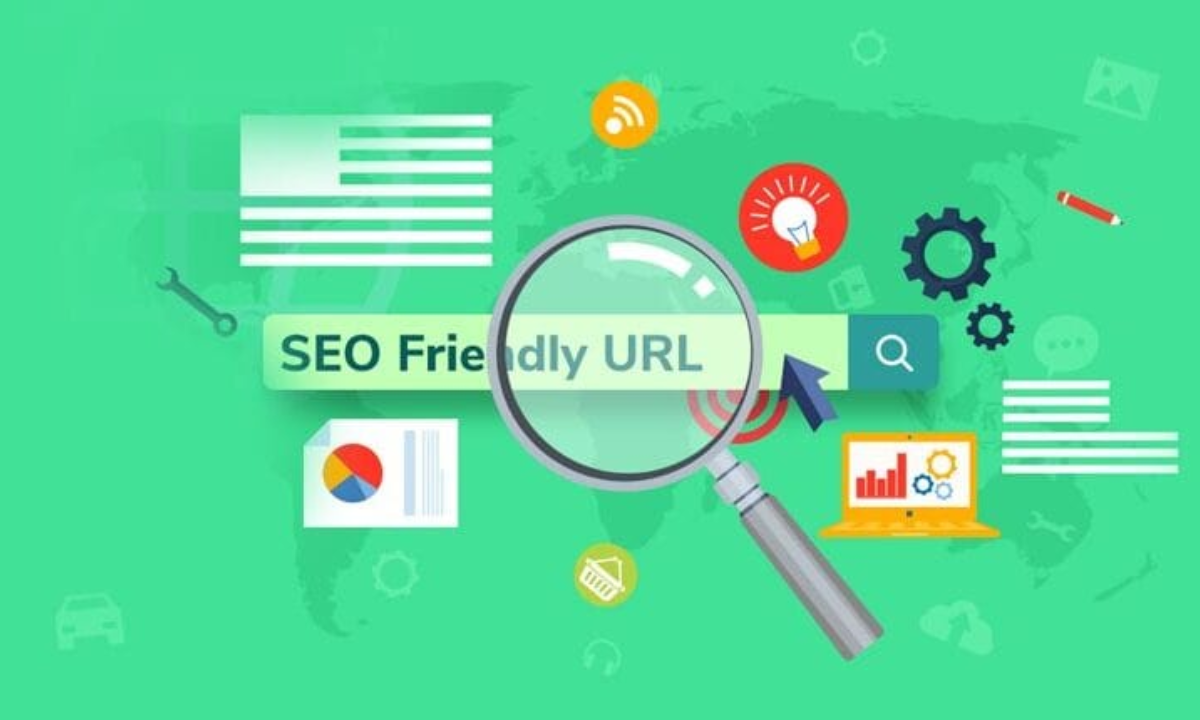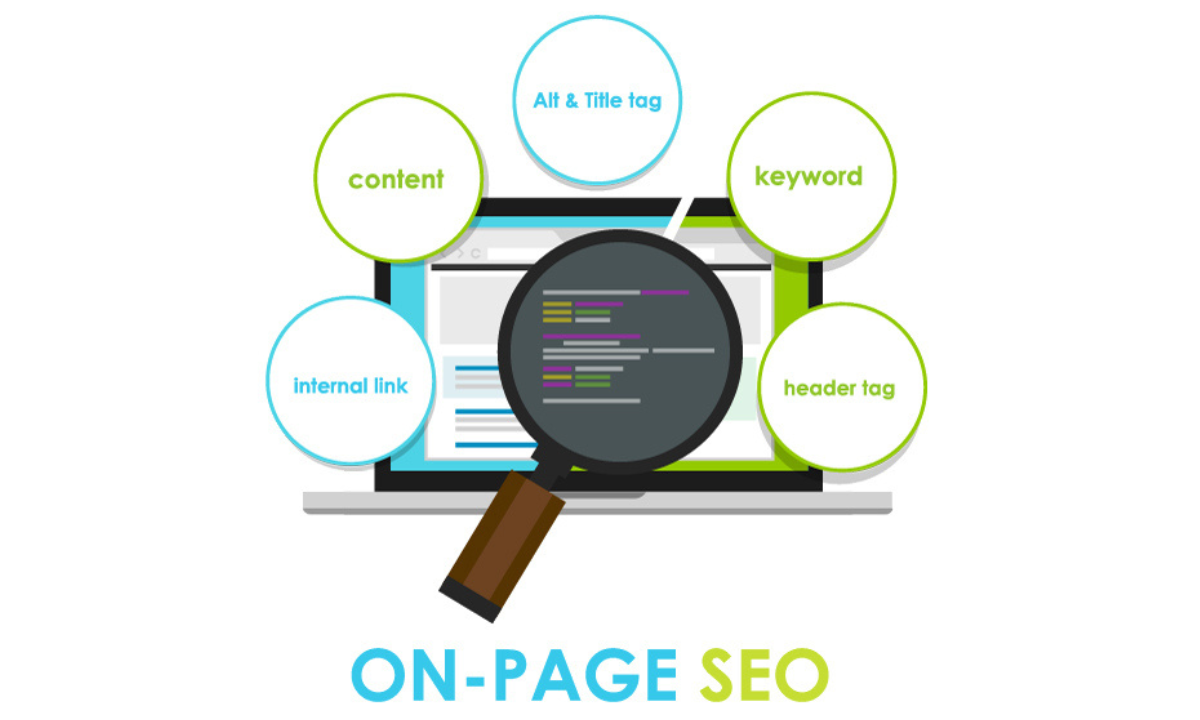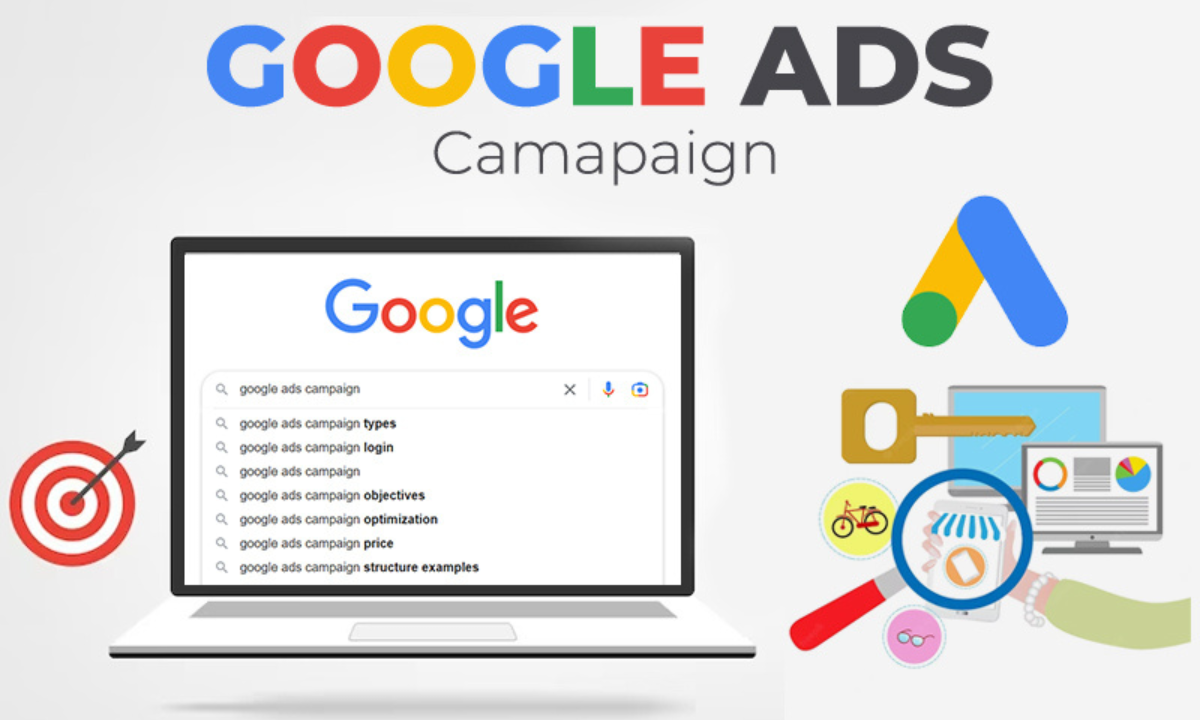Introduction:
In the ever-evolving landscape of search engine optimization (SEO), certain practices have endured the test of time. Among them, URL optimization remains a cornerstone of on-page SEO strategies. As someone deeply entrenched in the realm of digital marketing and SEO, I’ve witnessed the transformative power of well-crafted URLs in enhancing website visibility and driving organic traffic. In this comprehensive guide, I’ll delve into the nuances of URL optimization, sharing insights, best practices, and expert tips to empower content marketers in their quest for SEO excellence.
Understanding URL Optimization: The Anatomy of a URL
At the heart of every web address lies a Uniform Resource Locator (URL), functioning as a digital address for internet users. Much like a physical address guides mail carriers to their destination, a URL directs online visitors to specific webpages within a website. To grasp the essence of URL optimization, it’s crucial to dissect its various components.
Protocol, Subdomain, and Domain:
A URL comprises distinct segments, starting with the protocol (HTTP or HTTPS) followed by the subdomain, typically denoted as “www.” or customized variations like “blog.” or “shop.” The domain name forms the core identity of a website, encompassing the top-level domain (TLD) and second-level domain (SLD). Together, these elements lay the foundation for navigating the digital terrain.
Subdirectory and Slug:
Navigating deeper into a website, users encounter subdirectories, representing hierarchical levels within the site’s structure. Finally, the slug, appended to the end of the URL, identifies specific pages or content. This hierarchical arrangement facilitates seamless navigation, enabling users to traverse through a website’s ecosystem with ease.
The Significance of URLs in SEO:
URLs serve as more than mere digital addresses; they wield considerable influence in the realm of SEO. Beyond guiding visitors to their desired destinations, optimized URLs convey essential signals to search engine crawlers, aiding in the interpretation of webpage content and relevance. Moreover, well-structured URLs contribute to a positive user experience, enhancing accessibility and navigational efficiency.
Elevating SEO with URL Best Practices:
Embarking on the journey of URL optimization necessitates adherence to a set of established best practices. Let’s explore key strategies endorsed by SEO experts to maximize the efficacy of URLs in driving organic traffic and bolstering search engine rankings.
- Simplify URL Structures:
In the labyrinthine realm of SEO, simplicity reigns supreme. Google’s guidelines advocate for streamlined URL structures, emphasizing the use of concise, descriptive words. Whether crafting URLs for content websites, ecommerce platforms, or service-based entities, simplicity fosters clarity and navigational intuitiveness.
- Establish Standardized Naming Conventions:
Consistency is the bedrock of effective URL optimization. By instituting standardized naming conventions, organizations ensure coherence across their digital footprint. Whether brainstorming URL variations or configuring permalinks, adherence to established norms fosters stability and mitigates the risk of broken links.
- Embrace Hierarchical Simplicity:
Navigational efficiency hinges on hierarchical clarity. Limiting URL structures to three hierarchical levels strikes an optimal balance, facilitating categorization without overwhelming users. This approach, endorsed by SEO luminaries, underscores the importance of clarity in URL architecture.
- Avoid Superfluous Elements:
The cardinal rule of URL optimization: less is more. Eliminate extraneous elements such as dates and non-essential words from URL slugs. A succinct, focused approach enhances readability and augments user comprehension, thereby fortifying the SEO prowess of web addresses.
- Harness Keywords Judiciously:
Keywords wield considerable influence in shaping URL relevance and discoverability. Incorporate relevant keywords judiciously, aligning URL slugs with search intent and content themes. However, exercise restraint to prevent keyword stuffing, which detracts from user experience and undermines SEO efficacy.
- Prioritize User-Friendly Formatting:
URLs should be intuitively comprehensible to human users. Employ hyphens to separate words and maintain lowercase letters for consistency and compatibility. By prioritizing reader-friendly formatting, content marketers cultivate a seamless browsing experience and engender trust among online audiences.
Navigating Dynamic URL Challenges:
Dynamic URLs pose a unique set of challenges in the realm of SEO optimization. While their automated generation may limit customization, savvy content marketers can leverage alternative strategies to optimize dynamic URL parameters and mitigate potential SEO pitfalls.
Optimizing for Long-Term Success:
URL optimization constitutes a pivotal component of holistic SEO strategies, contributing to sustained organic growth and enhanced online visibility. By adhering to established best practices, content marketers can harness the transformative potential of optimized URLs to propel their digital initiatives to new heights.
Conclusion:
In the dynamic landscape of digital marketing, URL optimization remains a steadfast ally in the quest for SEO excellence. Armed with a nuanced understanding of URL anatomy and best practices, content marketers can navigate the intricacies of SEO with confidence and precision. As organizations strive to elevate their online presence and drive sustainable growth, Heureux IT digital marketing company mastering the art of URL optimization emerges as a cornerstone of digital success







